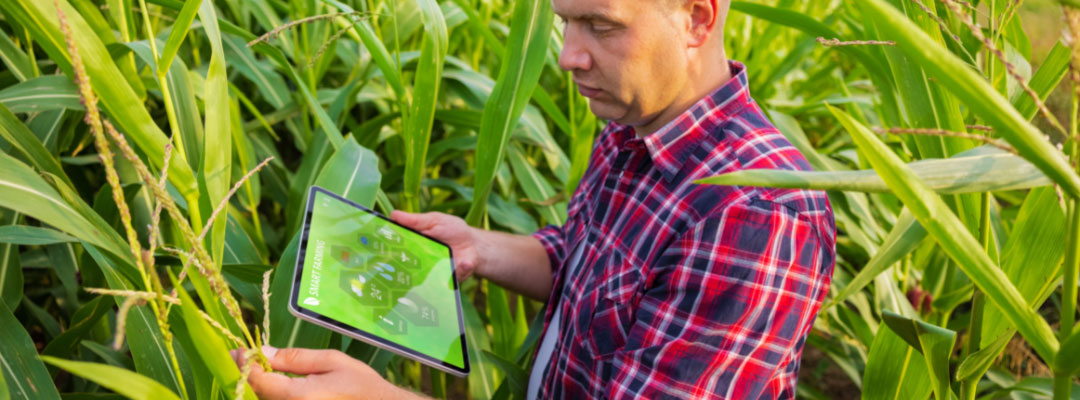As harvest finishes up during the month of November, farms can assess how they fared for the year, and more importantly, make plans for next year. Compared to this time last year, farm inputs are up sharply; meaning planning for the 2022 crop year is more important than ever to be sure risks are managed.
Taking a look at year over year changes in fertilizer and energy prices in the southeastern United States, one can see a dramatic increase. Data on average weekly prices for common fertilizers show an increase in the price of DAP by 75%, UAN by 91%, and Potash by 107%. Farm diesel is up 73% and LP is up 85%. Given the cold weather season hasn’t really started yet, energy prices are expected to stay up. Given demand for fertilizers is up while supply concerns exist, there is no indication that fertilizer prices will soften either. Other inputs like machinery and equipment, labor, and chemicals are also expected to be up.
What does this mean for the farmer? Margins will be tighter next year. Farmers will need to know their cost of production to help manage their risks. Using enterprise budgets can help estimate cost of production. Fortunately, university Extension agricultural economists develop enterprise budgets each year as a guide for farmers to modify to reflect their specific production practices. After farmers calculate an estimate of their costs, they can determine the breakeven price and yield needed for their crop to cover those costs.
Year over Year Prices for Energy Inputs in the Southeast, Nov. 6, 2020, to Nov. 5, 2021

Chart Source: Author compiled with data from USDA Market News with State Departments of Agriculture from Alabama, North Carolina, and South Carolina
USDA-AL Dept of Ag Market News, Montgomery, AL, www.ams.usda.gov/mnreports/MG_GR210.txt
South Carolina Dept of Ag-USDA Market News, Columbia, SC, www.ams.usda.gov/mnreports/CO_GR210.txt
North Carolina Dept of Ag-USDA Market News Service, Raleigh, NC, www.ams.usda.gov/mnreports/ra_gr210.txt
Smith, Amanda. “Inputs Up Sharply; Makes Planning More Important Than Ever.” Southern Ag Today 1(47.3). November 14, 2021. Permalink

